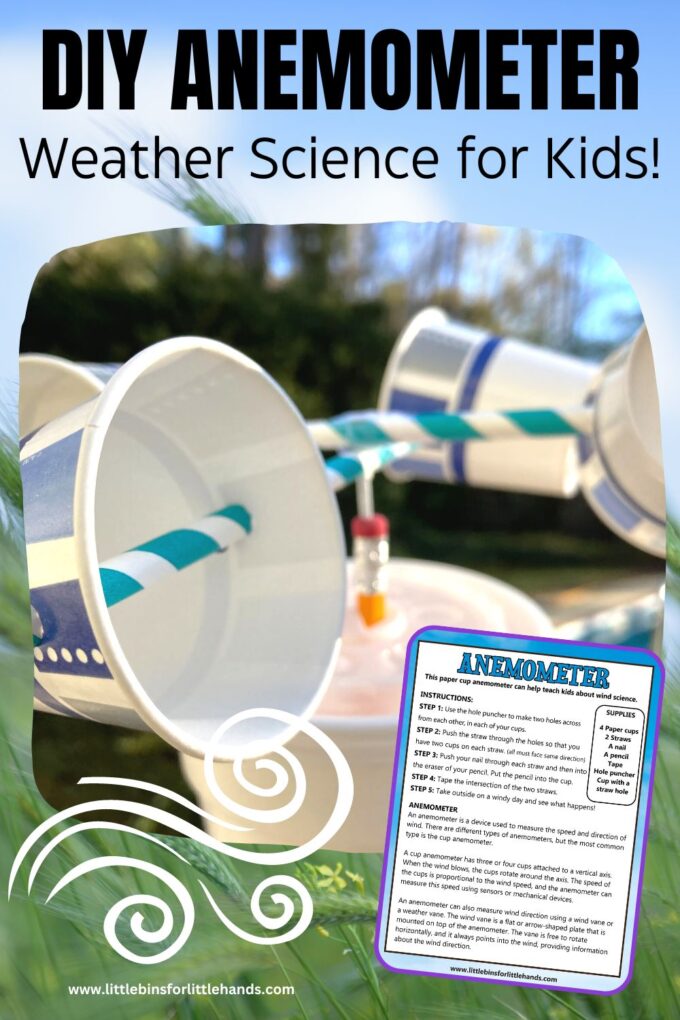Anemometer Innovations: The Latest Technology for Wind Speed Measurement
Anemometer Innovations: The Latest Technology for Wind Speed Measurement
Blog Article
All You Required to Learn About Anemometers: How They Work, Why They Issue, and Where to Use Them
Anemometers, though typically forgotten in the world of scientific instruments, play an essential duty in various fields, using beneficial understandings right into wind rate and airflow patterns. As we delve into the ins and outs of anemometer modern technology, we will uncover the inner workings of these devices, their importance, and the vital considerations when choosing the best anemometer for certain applications.

Anemometer Basics
An important instrument utilized to gauge wind speed and instructions, the anemometer plays a crucial function in meteorology and various sectors. An anemometer generally is composed of 3 or four cups that rotate in the wind, a vane that points into the wind, and sensors to track the activities or turnings.
There are various kinds of anemometers readily available, including mug anemometers, vane anemometers, hot-wire anemometers, and sonic anemometers, each with its special attributes and applications. Cup anemometers are commonly used for fundamental wind speed dimensions, while vane anemometers are preferred for directional measurements.
Principles of Anemometer Operation
Structure on the foundational understanding of anemometer essentials, the principles of anemometer procedure illuminate the mechanics behind wind rate and instructions dimensions. Anemometers operate the concept of airflow affecting a sensor, triggering it to rotate. Mug anemometers, as an example, have 3 or more cups that capture the wind, causing them to spin faster as the wind speed increases. The rotation rate is after that exchanged a wind speed dimension. Vane anemometers, on the various other hand, use a tail or a probe that aligns itself with the wind instructions, providing a dimension of wind instructions based on the orientation of the sensor. Hot-wire anemometers count on a heated wire that cools off as wind passes over it, with the rate of cooling down identifying the wind speed. Ultrasonic anemometers procedure wind rate and direction by examining the moment it considers ultrasonic signals to take a trip between transducers. Comprehending these principles is important for exact and reliable wind measurements in various applications.
Importance of Anemometers
The importance of anemometers in meteorology and different sectors can not be overstated. Anemometers play a vital duty in determining wind rate and instructions, supplying essential information for weather forecasting, environment research studies, environmental tracking, and air travel procedures. Meteorologists rely upon anemometers to collect precise wind information, aiding them comprehend weather patterns, forecast tornados, and issue prompt warnings to the public. In markets such as construction, agriculture, renewable resource, and maritime procedures, anemometers are made use of to enhance procedures, make sure security, and enhance efficiency. For instance, wind farm drivers use anemometers to analyze wind conditions and optimize electrical power manufacturing from wind generators. In the maritime market, anemometers help ship navigation by giving real-time wind info to captains, helping them make notified choices to ensure risk-free voyages. On the whole, anemometers are vital tools that add substantially to security, efficiency, and educated decision-making in meteorology and a large range of sectors.
Applications Across Various Industries
Applications of anemometers cover throughout varied industries, showcasing their convenience and utility past meteorology. In the renewable resource industry, anemometers play an essential duty in evaluating wind problems for wind farm placements, making certain optimal energy production. Industries like building and construction and mining make use of anemometers to check wind speeds, critical for security methods, especially when operating at heights or in open-pit mines where solid winds can present threats. Anemometers are likewise indispensable in the aviation industry, assisting pilots in understanding airspeed and wind instructions for secure take-offs and landings. The maritime industry gain from anemometers for ship navigation, assisting seafarers prepare for climate modifications and readjust paths accordingly. In agriculture, anemometers assist farmers in taking care of crop splashing by offering real-time information on wind speed to avoid drift. Anemometers find applications you can try here in A/c systems to optimize airflow and improve energy efficiency in buildings. The varied usage instances of anemometers highlight their significance across various industries, highlighting their vital role in enhancing operational safety and security and efficiency (anemometer).

Selecting the Right Anemometer for Your Needs
Choosing the appropriate anemometer tailored to your particular demands is necessary for obtaining exact wind speed and instructions dimensions. When choosing an anemometer, consider elements such as the designated application, called for measurement array, environmental conditions, and preferred functions. For basic objectives, a mug anemometer is appropriate for measuring wind speed, while a vane anemometer offers wind instructions data. Hot-wire anemometers are perfect for reduced airspeed dimensions, and ultrasonic anemometers supply high precision and durability.

Verdict
In final thought, anemometers play a crucial function in gauging wind rate and direction across different industries. It is crucial to think about the significance of anemometers in order to make educated decisions when selecting the most appropriate tool for measuring wind conditions.
There are various types of anemometers readily available, including mug anemometers, vane anemometers, hot-wire anemometers, and sonic anemometers, each with its one-of-a-kind features and applications. Cup anemometers are typically utilized for fundamental wind rate dimensions, while vane anemometers are favored for directional dimensions. Hot-wire anemometers are ideal for reduced airspeeds, and sonic anemometers are perfect for high-precision measurements in read here research study and industrial settings.Building on the foundational understanding of anemometer basics, the principles of anemometer operation elucidate the mechanics behind wind rate and instructions dimensions. For basic functions, a mug anemometer is appropriate for determining wind speed, while a vane anemometer supplies wind direction data.
Report this page